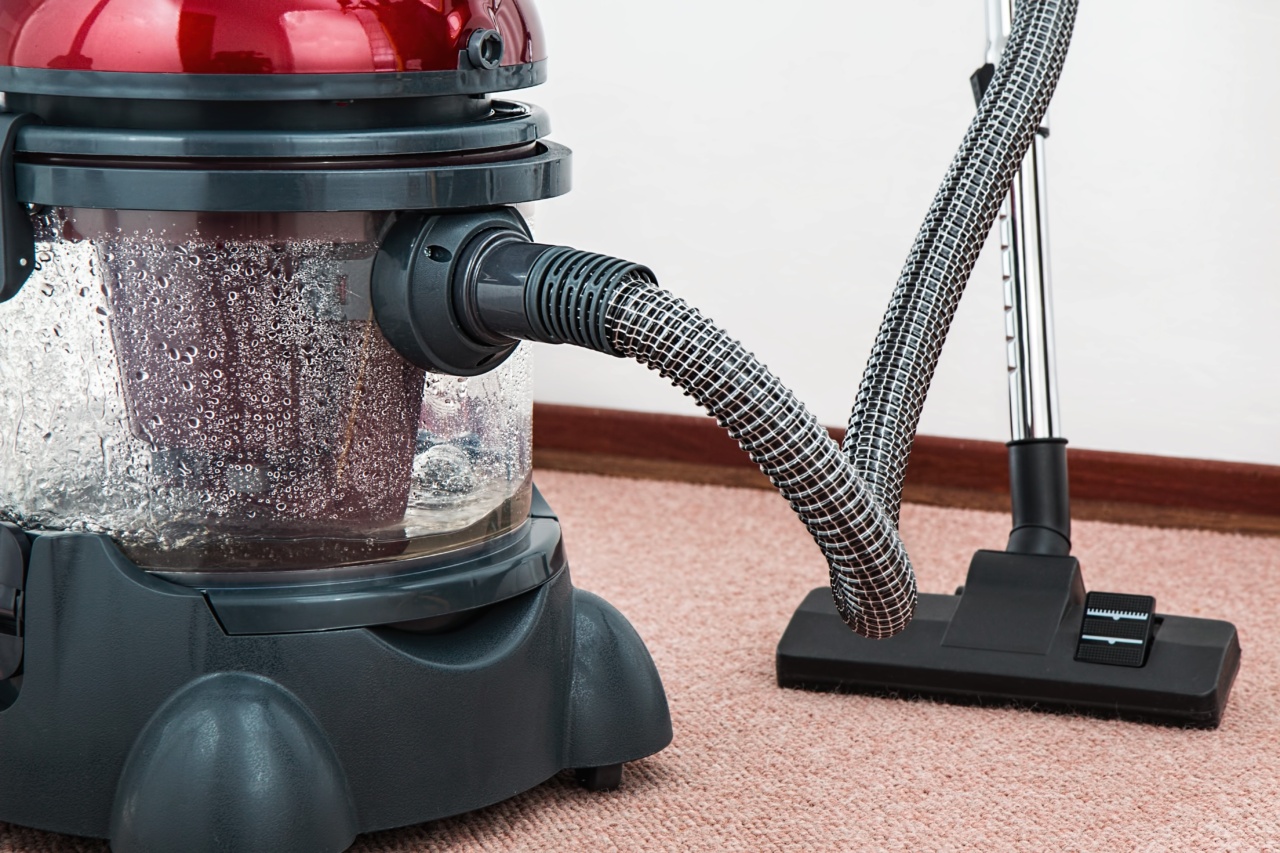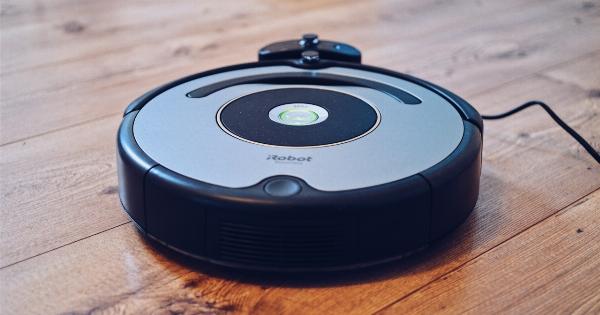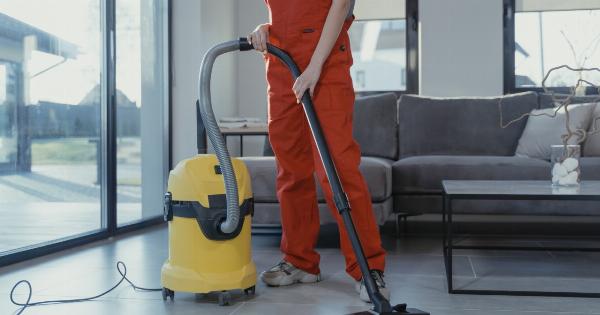Vacuum cleaners are an indispensable tool in keeping our homes clean and dust-free. They use powerful suction to pick up dirt and debris from various surfaces. However, sometimes the suction can become too strong, leading to unexpected disasters.
In this article, we will explore some common suction disasters that can occur with vacuum cleaners and provide effective solutions to prevent and resolve them.
The Dangers of Excessive Suction
While it may seem counterintuitive to think that too much suction can be a problem, it can indeed lead to several undesirable situations:.
- Carpet Damage: Excessive suction can damage delicate carpets by pulling out threads or causing them to fray.
- Hose Blockage: If the suction is too strong, it can cause the vacuum cleaner hose to become blocked, reducing overall cleaning efficiency.
- Loss of Suction: Surprisingly, excessive suction can sometimes result in a loss of suction power altogether. This occurs when the vacuum motor becomes overloaded or clogged.
- Inability to Pick Up Larger Debris: When suction is too strong, the vacuum cleaner may struggle to pick up larger debris like small toys or paperclips, potentially causing damage to the machine or leaving debris behind.
- Noise Increase: Stronger suction often leads to a louder vacuum cleaner, which can be bothersome, especially if you live in an apartment or have noise-sensitive pets.
Common Causes of Excessive Suction
Understanding the common causes of excessive suction can help us identify and prevent suction disasters:.
Damaged or Clogged Filters
A clogged or damaged filter can restrict airflow, leading to increased suction. Regularly cleaning or replacing filters is crucial to maintaining optimal vacuum performance.
Obstructed Airflow
If the airflow path within the vacuum cleaner is obstructed or narrowed, the suction can become overly powerful. Common culprits include blocked hoses, clogged brush rolls, or full dust canisters or bags.
Air Leakages
Leaky vacuum cleaner seals or improperly attached components can disrupt the proper airflow, causing the motor to compensate by ramping up the suction.
High Power Settings
Using a vacuum cleaner on excessively high power settings can increase the suction beyond what is necessary for most cleaning tasks. Adjusting the power settings accordingly can help prevent suction disasters.
Solutions to Prevent Suction Disasters
Regular Maintenance
Regularly inspecting and cleaning your vacuum cleaner is essential for preventing suction disasters. Follow these maintenance tips:.
- Clean or replace filters as recommended by the manufacturer
- Clear any blockages in the hose and brush roll
- Empty dust canisters or replace bags when they are full
- Check for any air leakages and repair or replace faulty seals
Adjust Power Settings
Use the appropriate power setting for each cleaning task. High power settings are useful for deep cleaning carpets, but when vacuuming delicate surfaces or rugs, lower the suction to prevent damage.
Use Attachments and Accessories
Utilize attachments and accessories provided with your vacuum cleaner to optimize its performance. Attachments like crevice tools or upholstery brushes can help control suction and prevent damage to sensitive areas.
Test Suction Strength
Perform a suction strength test periodically to ensure it’s within the manufacturer’s recommended range. This will help you identify any sudden increase or decrease in suction power.
Seek Professional Help
If you’ve tried troubleshooting and still face suction-related issues, consult professionals or authorized service centers. They can diagnose and fix underlying problems, preventing further disasters.
Conclusion
While strong suction is a desirable characteristic of vacuum cleaners, it’s important to ensure that it remains within the appropriate range.
By understanding the dangers of excessive suction, identifying common causes, and implementing the suggested solutions, you can prevent suction disasters and maintain the efficiency and longevity of your vacuum cleaner.































